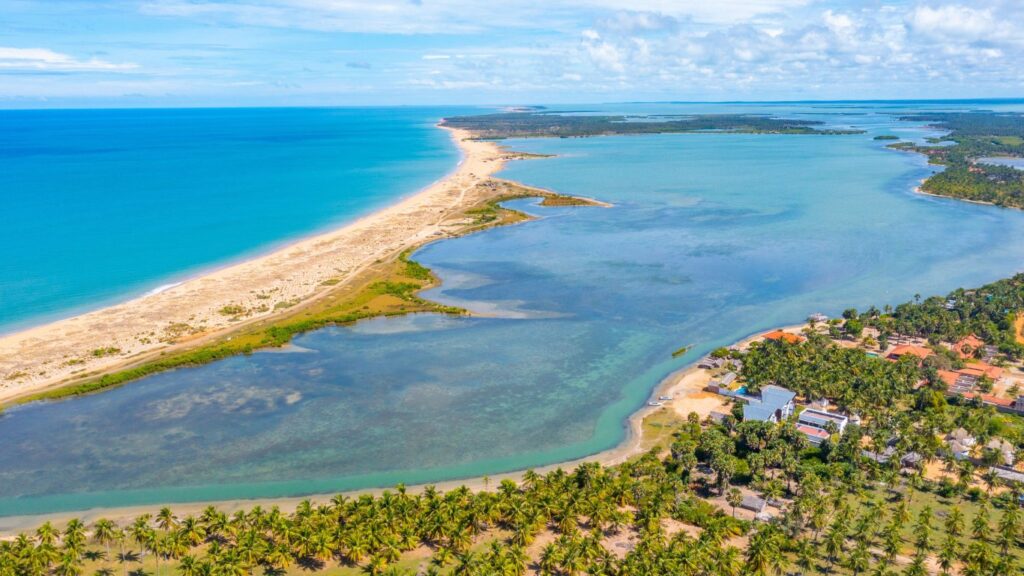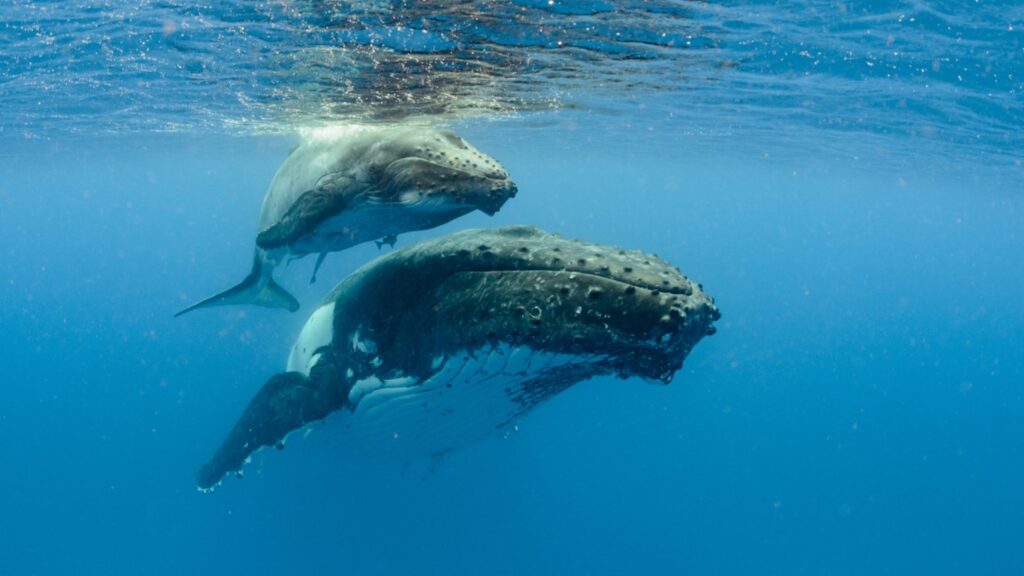Introduction
Sri Lanka, an island nation in the Indian Ocean, boasts a diverse climate influenced by two monsoon seasons. Understanding these weather patterns is crucial for travelers aiming to experience the country’s rich culture, pristine beaches, and lush landscapes at their best. This guide provides an in-depth look at Sri Lanka’s weather and seasons, helping you plan an unforgettable journey.
Understanding Sri Lanka’s Climate
Sri Lanka experiences a tropical climate with relatively consistent temperatures year-round. However, rainfall varies significantly due to two primary monsoon seasons:
Southwest Monsoon (Yala): Occurs from May to September, affecting the southwest regions.
Northeast Monsoon (Maha): Occurs from October to January, impacting the northeast areas.
These monsoons create distinct wet and dry seasons across different parts of the country, making it possible to find favorable weather somewhere on the island throughout the year.
Month-by-Month Weather Guide
January
Southwest (Colombo, Galle): Dry and sunny, ideal for beach activities.
Northeast (Trincomalee, Batticaloa): Experiencing the tail end of the Maha monsoon; expect some rainfall.
February
Island-wide: Generally dry and pleasant, making it one of the best months to visit any region.
March
Island-wide: Warm temperatures with increasing humidity; still a good time for travel.
April
Island-wide: Hottest month of the year; occasional thunderstorms, especially in the evenings.
May
Southwest: Beginning of the Yala monsoon; increased rainfall.
Northeast: Dry and sunny, suitable for beach holidays.
June to August
Southwest: Peak of the Yala monsoon; heavy rains.
Northeast: Dry season continues; excellent for surfing in Arugam Bay.
September
Southwest: Monsoon starts to wane; weather improves.
Northeast: Dry conditions persist.
October
Island-wide: Inter-monsoon period; unpredictable weather with thunderstorms.
November
Northeast: Start of the Maha monsoon; increased rainfall.
Southwest: Generally dry and pleasant.
December
Southwest: Peak tourist season with dry and sunny weather.
Northeast: Continued rainfall due to the Maha monsoon.
Regional Climate Overview
Southwest Coast (Colombo, Galle, Bentota)
Best Time to Visit: December to March
Activities: Beach holidays, cultural tours, wildlife safaris
Central Highlands (Kandy, Nuwara Eliya, Ella)
Best Time to Visit: January to April
Activities: Tea plantation visits, hiking, scenic train rides
Northeast Coast (Trincomalee, Arugam Bay, Batticaloa)
Best Time to Visit: May to September
Activities: Surfing, snorkeling, whale watching
Tips for Travelers
Plan According to Monsoons: Choose your destination based on the prevailing monsoon to ensure favorable weather.
Book in Advance: Peak seasons (December to March and July to August) see high tourist influx; early bookings are recommended.
Pack Accordingly: Lightweight clothing for the coast, warmer layers for the highlands, and rain gear during monsoon seasons.
Conclusion
Understanding Sri Lanka’s weather patterns is key to planning a memorable trip. Whether you’re seeking sun-soaked beaches, cultural experiences, or nature adventures, timing your visit with the right season will enhance your experience. BH Lanka Tours is here to help you craft the perfect itinerary tailored to your preferences and the island’s climatic nuances.









